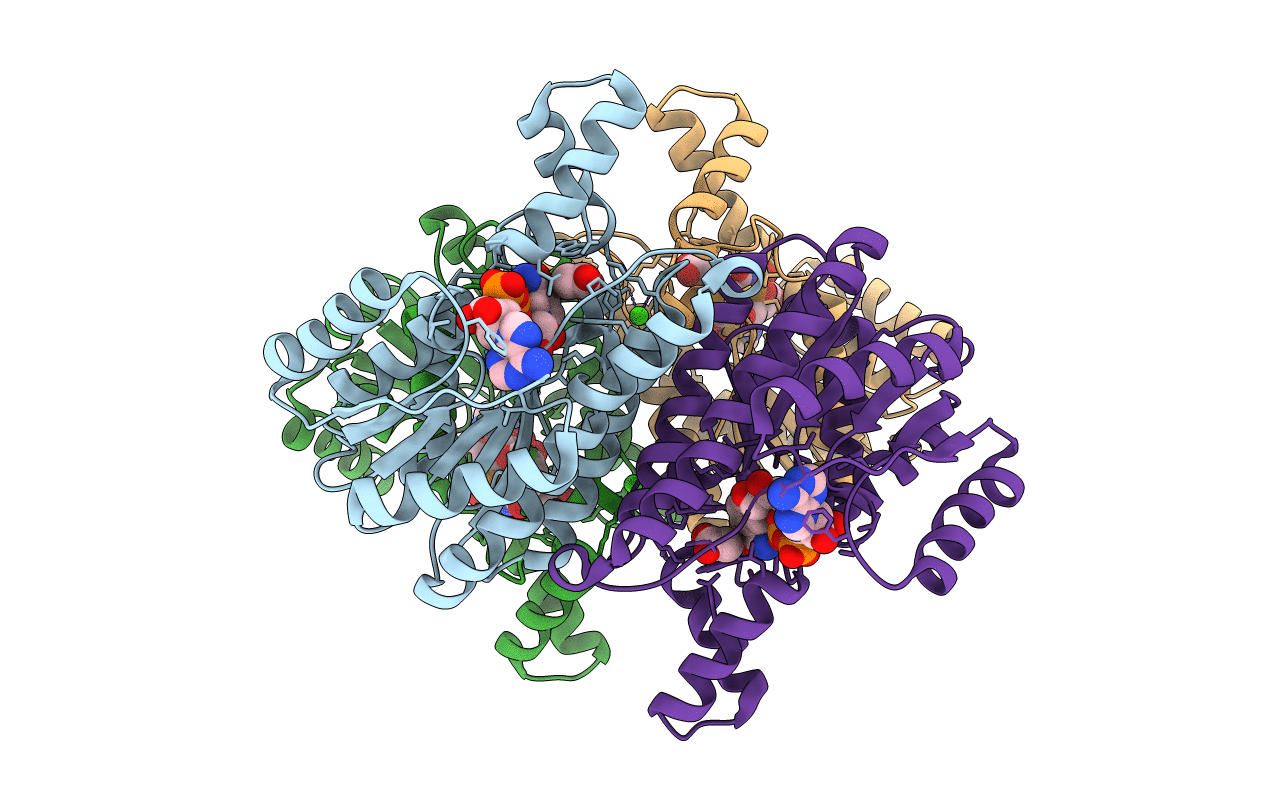
Deposition Date
2012-01-06
Release Date
2012-02-29
Last Version Date
2023-11-08
Entry Detail
PDB ID:
3VDQ
Keywords:
Title:
Crystal structure of alcaligenes faecalis D-3-hydroxybutyrate dehydrogenase in complex with NAD(+) and acetate
Biological Source:
Source Organism:
Alcaligenes faecalis (Taxon ID: 511)
Method Details:
Experimental Method:
Resolution:
2.20 Å
R-Value Free:
0.24
R-Value Work:
0.19
Space Group:
P 41 21 2


